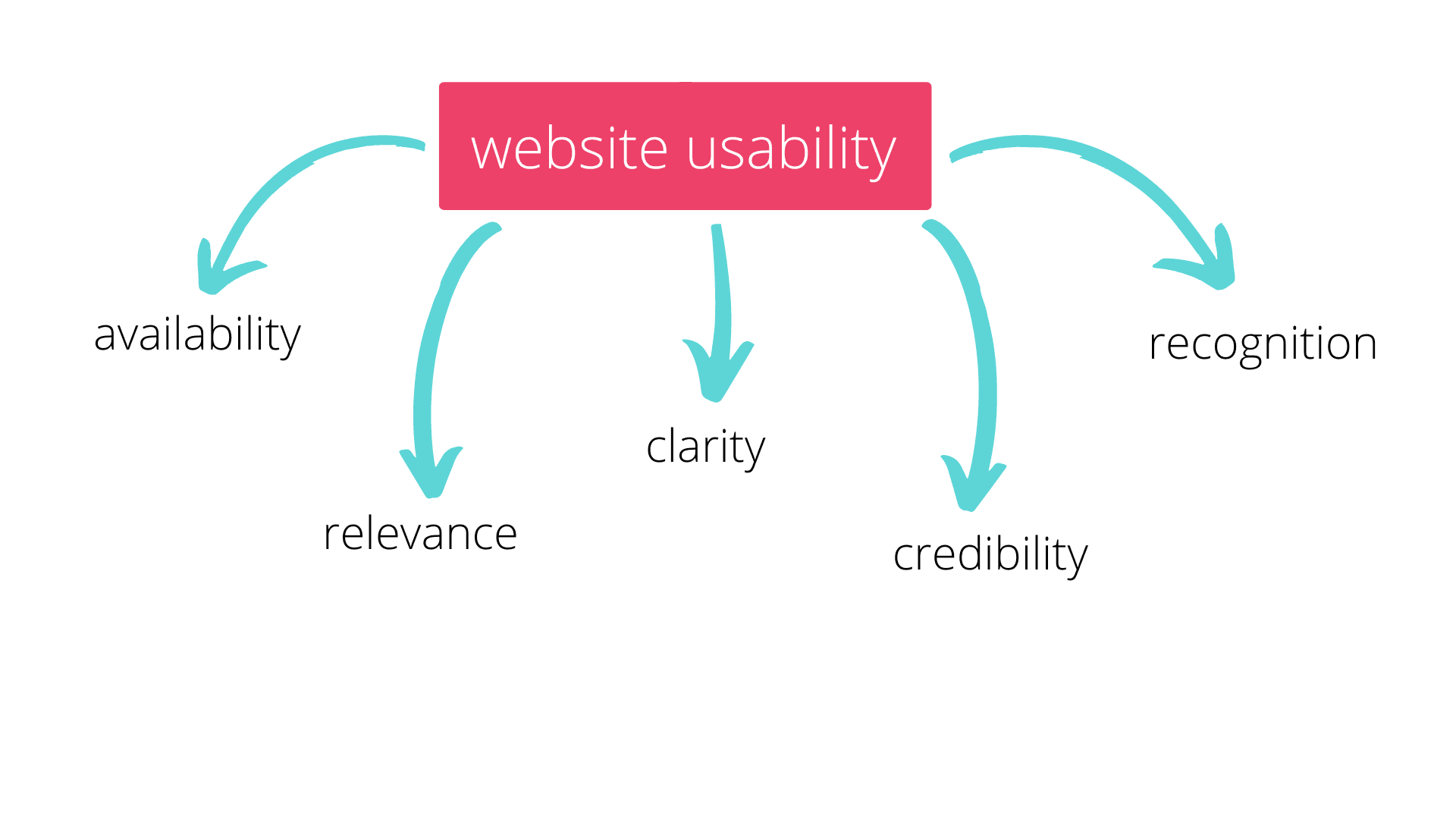Rise by Six: Your Daily Dose of Inspiration
Explore insights and stories that elevate your day.
Is Your Website a Maze? Finding User-Friendly Solutions
Transform your website from a maze into a user-friendly haven. Discover top tips for effortless navigation today!
10 Signs Your Website is a Maze and How to Fix It
Is your website designed in a way that leaves visitors feeling confused or lost? Here are 10 signs your website is a maze: 1) Poor navigation structure, 2) Overwhelming amounts of content on a single page, 3) Lack of clear calls-to-action, 4) Too many links leading to different places, 5) Unintuitive user interface, 6) Complex jargon and terminology, 7) Long loading times, 8) No search functionality, 9) Inconsistent design elements, and 10) Absence of a sitemap. If your website exhibits any of these traits, it may be time for a redesign.
To turn your maze-like website into a user-friendly experience, start by simplifying your navigation. Ensure that users can easily access key sections without excessive clicks. Implement clear calls-to-action that guide users towards desired actions. Additionally, consider breaking down complex content into smaller, digestible pieces and utilizing whitespace effectively. Regularly test your site with real users to gather feedback and make adjustments. Streamlining your website can significantly enhance the user experience and ultimately lead to higher engagement and conversions.

The Ultimate Guide to Creating User-Friendly Navigation
Creating user-friendly navigation is crucial for any website aiming to enhance the user experience. A well-structured navigation system not only helps visitors find what they are looking for quickly, but it also boosts your website's SEO performance. Start by ensuring a clear hierarchy in your menu. Use categories and subcategories effectively to segregate different sections of your site. For instance, a website about cooking could have main categories like Recipes, Cooking Tips, and Equipment Reviews, with subcategories under each of these to provide even finer granularity.
Moreover, always consider the principles of usability when designing your navigation system. This includes using a responsive design that works well across mobile devices as well as desktops. Highlighting the current page in the navigation menu can also help users understand their location on the site. Incorporate breadcrumbs that allow users to backtrack easily without frustration. Following these practices will not only enhance the overall user experience but also ensure that your site remains optimized for search engines, ultimately driving more traffic to your pages.
Is Your Website Confusing? Tips to Enhance User Experience
In today's digital landscape, user experience (UX) is crucial for retaining visitors on your website. A confusing layout can deter users from engaging with your content, leading to high bounce rates and lost potential customers. Consider simplifying your navigation menu by ensuring that it reflects the main sections of your site. Use clear, concise labels that guide visitors intuitively to their desired information. This not only helps in improving user experience, but also contributes positively to your SEO efforts by making it easier for search engines to crawl your site.
Another effective way to enhance user experience is by optimizing your website's load time. Research shows that users are likely to abandon a site if it takes longer than three seconds to load. To mitigate this issue, compress images, leverage browser caching, and minimize HTTP requests. Additionally, ensure your website is mobile-responsive, as a significant portion of web traffic now comes from mobile devices. By prioritizing speed and accessibility, you can significantly reduce confusion and enhance overall user experience.